Ikko Tanaka (1930-2002) was a Japanese graphic designer who had a profound impact on the field of graphic design in Japan. Known for his bold use of colour and minimalist aesthetic, Tanaka’s work pushed the boundaries of traditional Japanese design and contributed to redefine the world of arts.
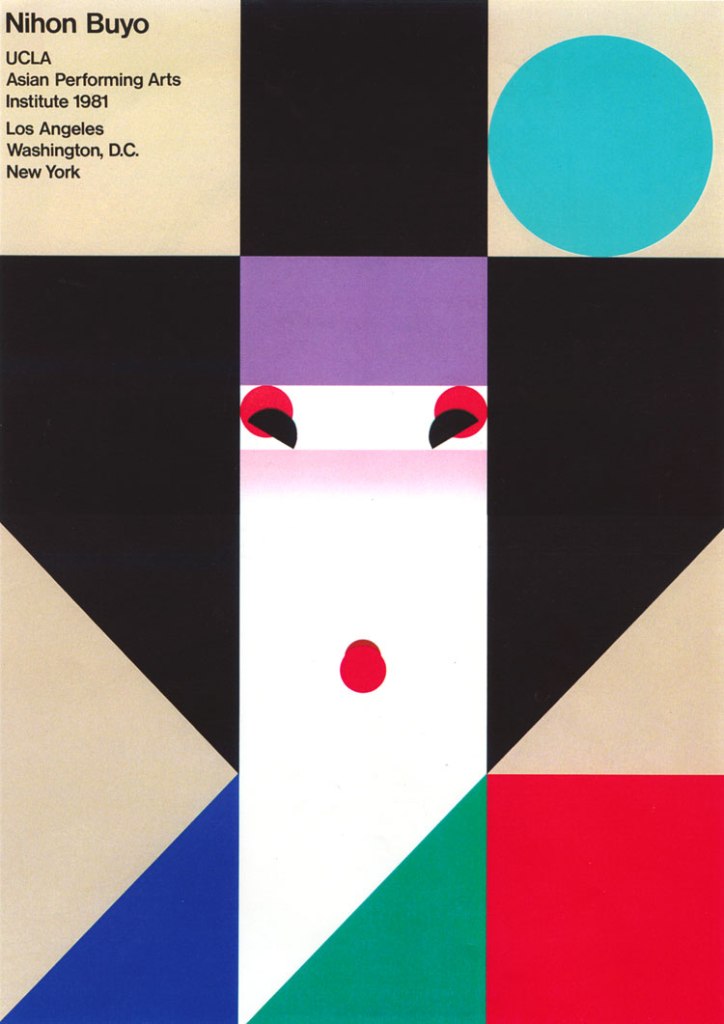
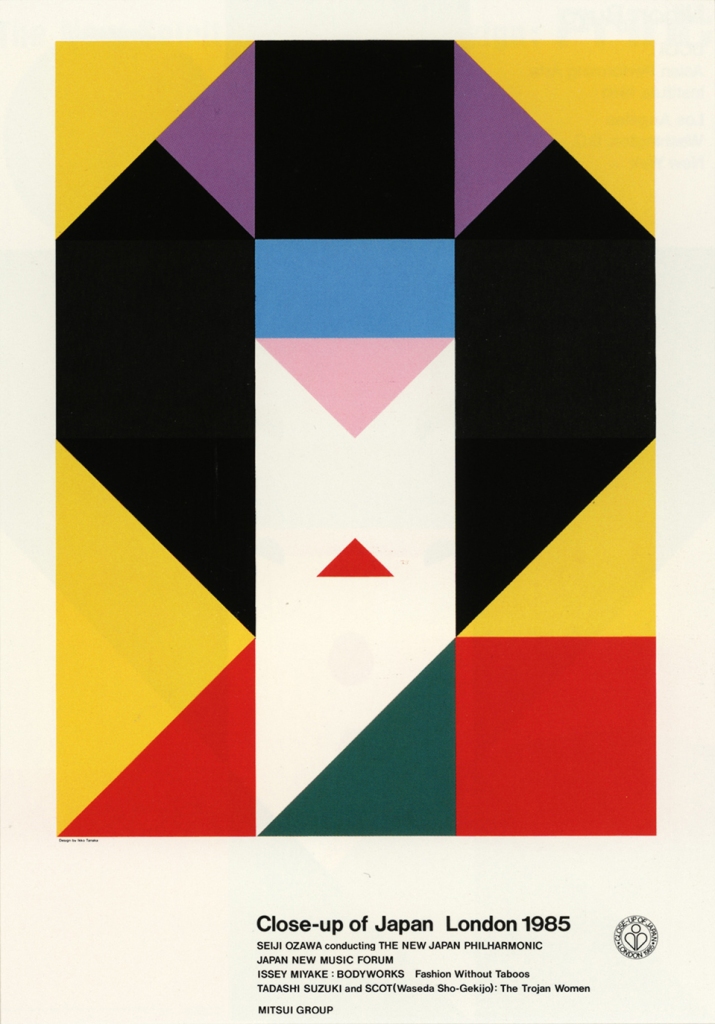

In 1981, when I worked on posters for Japanese dancing performance at UCLA (USA), I aimed to represent the expressions of the Oyama (male actor playing female role) in the simplest form possible. I divided the picture frame into four blocks horizontally and three vertically, with diagonal lines. With the resulting squares, triangles and circles, the simplest geometric forms, attempted the possibility of representing this emotional and sexy performance arts. Since this poster was well received, with the same principle, I produced a Kabuki hero for the “Japanese Poster Exhibit” held in Paris, sponsored by the Toppan Printing Co., Ltd. This time, for the “Close-up of Japan London 1985” event, I did in silk screen
Japanese graphic designer inspired by purity
Born in Japan in 1930, Tanaka was initially interested in fine art and studied painting in Kyoto. However, he eventually turned his attention to graphic design, heavily influenced by the work of Swiss designer Max Bill.
After completing his studies, Tanaka began working for the newspaper Sankei Shinbun in Osaka. He started drawing poster for their concert hall and got more and more into design.
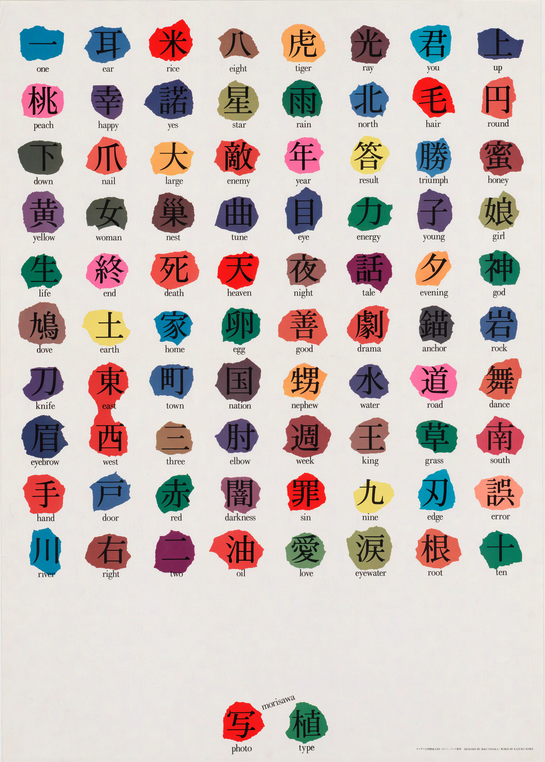
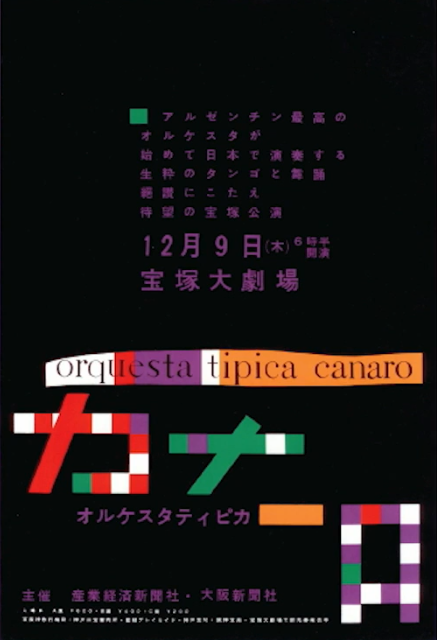
He was then massively producing posters. Orquesta tipica canaro (on the left) was one of his first success and acknowledgment.
Due to the lack of time, he started to cut off text and shifted to purely typographic posters.
Later, in 1963 he founded his own studio, Tanaka Design, which would go on to become one of the most influential design firms in Japan.
Negative spaces and primary colours
Throughout his career, Tanaka was an advocate for the importance of traditional Japanese aesthetics in graphic design. He believed that by combining the simplicity and elegance of Japanese design with modern techniques and technologies, it was possible to create innovative and impactful designs.
Tanaka was already interested in knowing “What makes Japanese design to become a Japanese design”? In that regards, he mentioned a lot his passion for Japanese traditional topics that were in danger of being forgotten.
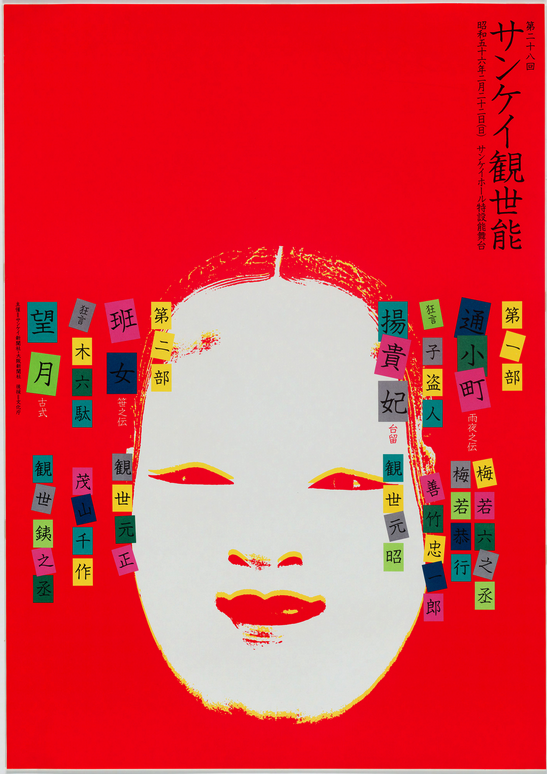
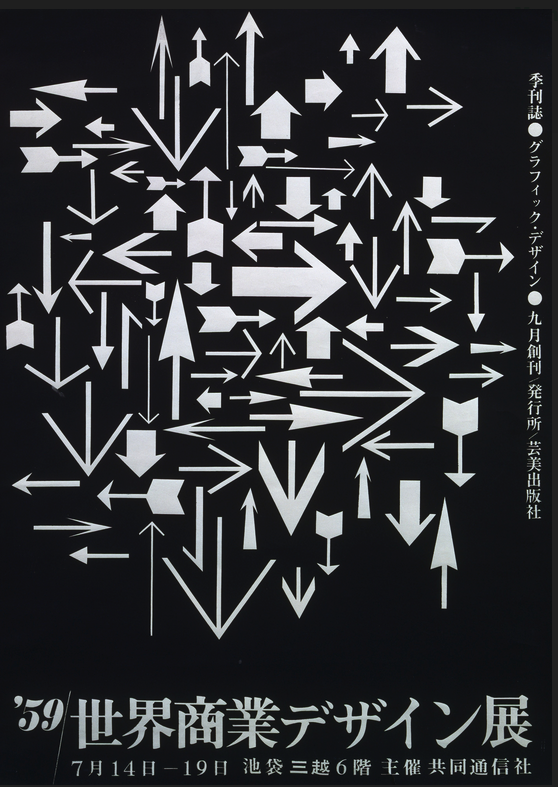
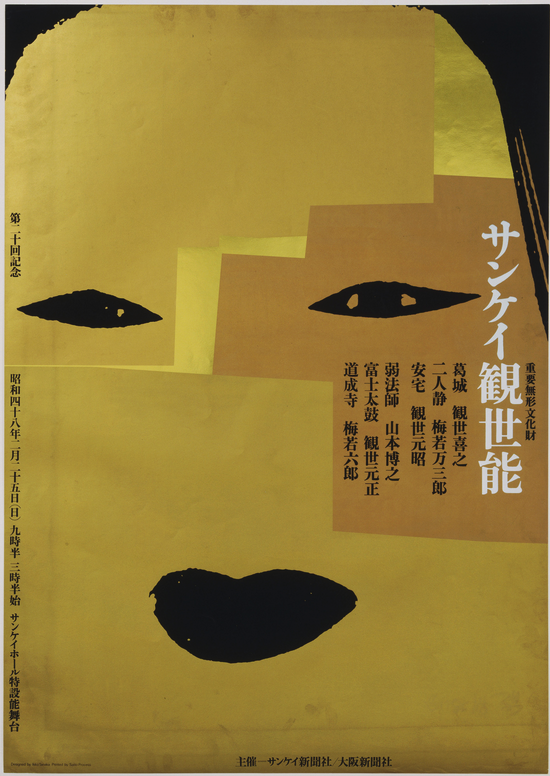
Bold typos
Tanaka’s work is also noteworthy for its innovative use of typography. He experimented layouts that featured large, bold text running vertically down the page. The use of negative space in this design is particularly effective, as it helps to emphasize the bold, graphic quality of the typography.
On some of the posters, you can see that the kanjis are an image as a whole, rather than some text to read.


He blends modern design concepts into traditional Japanese art, and his works have obvious personality: elegant, pure and simple, full of expressionism, concise and elegant language, fresh artistic conception, beautiful form, in the fusion of Eastern and Western traditional aesthetics.
Ikko Tanaka was a true visionary in the world of graphic design. His innovative and often daring designs helped to redefine what was possible in the field, and his influence can still be felt today in the work of designers in Japan.

